News
-
 Science & Society
Science & SocietyScreen addiction affects teens’ mental health. How to spot it, and help
Banning screens is often not an option. So Science News spoke with experts studying screen use and addiction in teens to help families navigate this complex issue.
By Sujata Gupta -
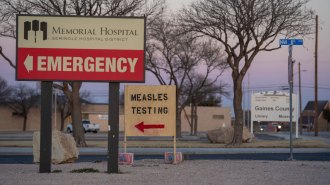 Health & Medicine
Health & MedicineU.S. measles outbreaks may end a hard-won victory over the virus
Dropping vaccination rates and changes in U.S. vaccine policy have public health experts concerned that annual measles outbreaks could become more frequent.
-
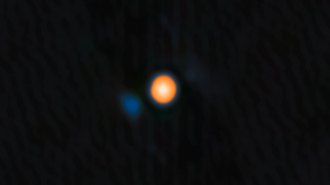 Astronomy
AstronomyBetelgeuse’s companion star revealed in new images
Revealed by advanced imaging, the long-sought "Betelbuddy" is much smaller and fainter than Betelgeuse and orbits within the supergiant’s atmosphere.
-
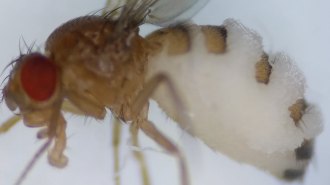 Life
LifeThis killer fungus strikes at sunset. Here’s how
The fungus Entomophthora muscae turns flies into zombies and kills them at sunset. An internal kill clock may explain the mysterious timing.
By Meghan Rosen -
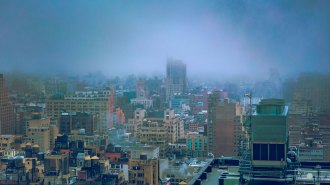 Health & Medicine
Health & MedicineHere’s how air pollution may trigger lung cancer
Exposure to air pollution may trigger DNA mutations that cause lung cancer in nonsmokers.
By Meghan Rosen -
 Health & Medicine
Health & MedicineU.S. FDA may nix black box warning on some menopause estrogen treatments
Experts worry the warning on vaginal estrogen menopause treatments is doing more harm than good and is not supported by science.
-
 Humans
HumansA child’s biological sex may not always be a random 50-50 chance
Some people’s biology may set them up to birth babies of a certain sex, explaining why a family with multiple children may have all girls or all boys.
By Jake Buehler -
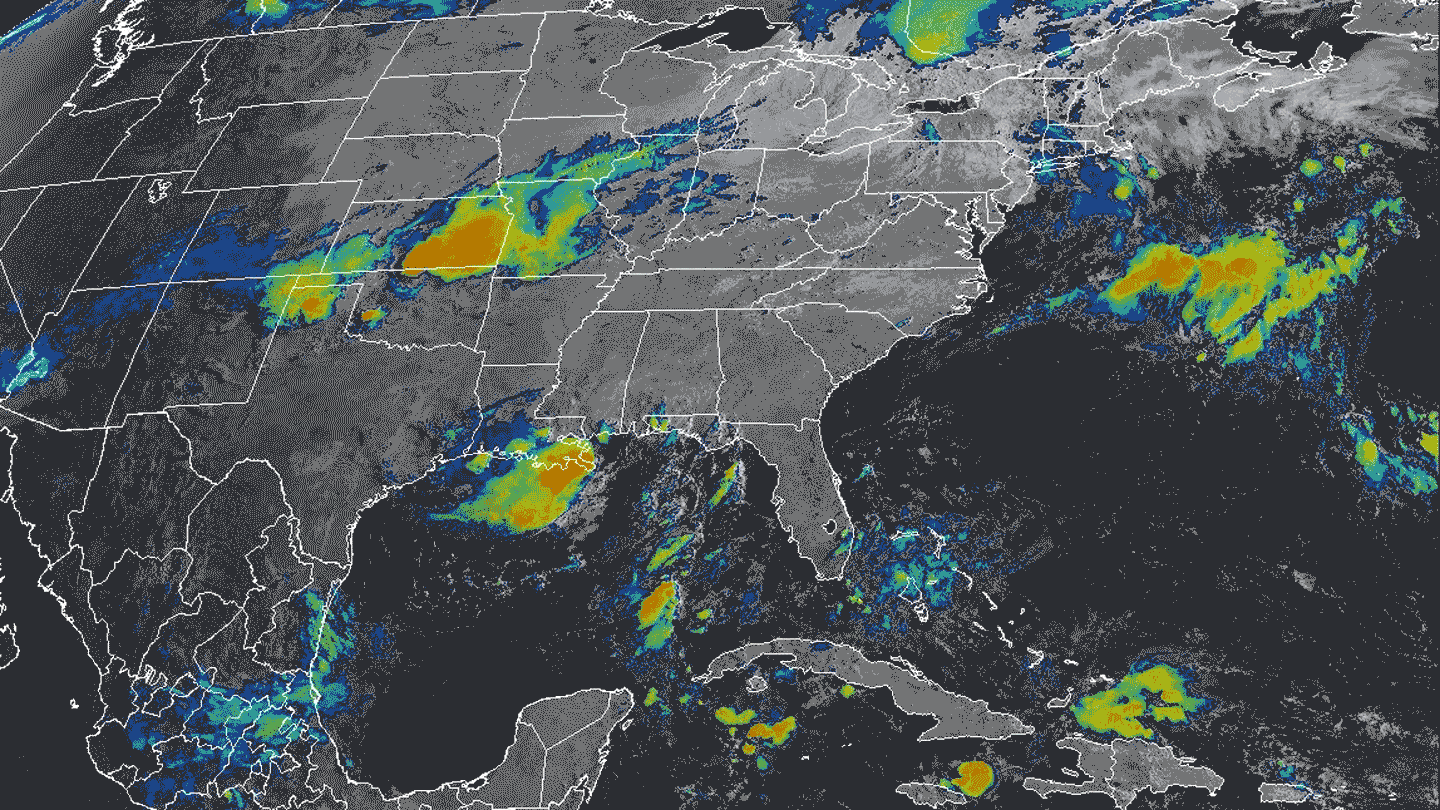 Climate
ClimateWhat to know about the extreme U.S. flooding — and ways to stay safe
An oceanographer explains how climate change, warming oceans and a souped-up atmosphere are creating conditions for deadly floods.
-
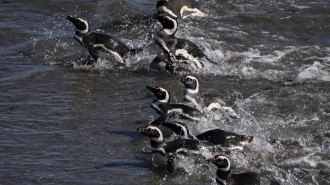 Animals
AnimalsSome penguins save energy by riding ocean currents
When navigating home, Magellanic penguins alternate between heading straight back in calm waters and swimming with the flow in strong ocean currents.
-
 Animals
AnimalsA dog’s taste for TV may depend on its temperament
Anxious dogs might react nervously to some television sounds, a survey of dog owners reports, while hyper ones might try to play chase.
-
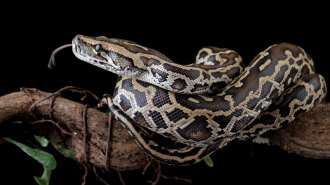 Animals
AnimalsA newly discovered cell helps pythons poop out the bones of their prey
The cells helps the snakes absorb the bones of their prey — and might show up in other animals that chomp their meals whole.
-
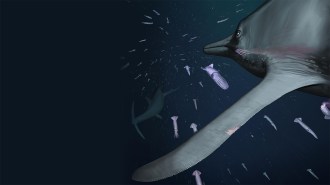 Paleontology
PaleontologyHow an ancient marine predator snuck up on its prey
Serrations at the edges of a fossilized flipper of the ancient marine reptile Temnodontosaurus suggests it may have been able to swim silently.